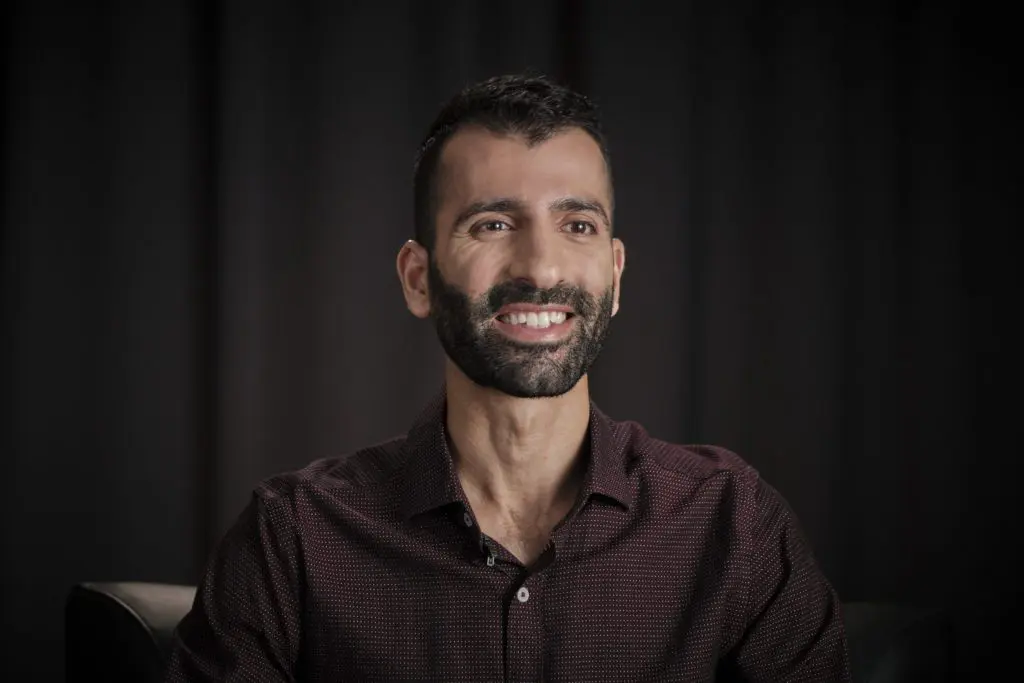Psychodrama, what is it? Where does it fit in our role as psychiatric nurses? What benefit will I gain from this course? So what? Those were questions I asked myself when I saw psychodrama. In order to keep myself from having pre-conceived notions of courses, I chose not to do pre-research prior to starting the semester. I figured since what I was learning was all new, I would best approach it from an angle of no expectations, of no bias, in order to keep an open mind. It’s important to note that our level of learning for psychodrama is to enhance our practice as psychiatric nurses, and not to run psychodrama sessions.
Psychodrama can be summed up, in the words of renowned psychologist Tian Dayton, as “Don’t tell me! Show me!” This type of therapy is also coined experiential therapy. Its ability is to unlock deep, personal emotions that combine unconsciously in the mind-body connection of psychology, providing answers and rationale to behaviour and actions of those who have been subjected to trauma, or been witness to secondary-trauma. The effectiveness of psychodrama has been specifically singled out in suppressed trauma, and post-traumatic stress disorder.
There are a few stages to psychodrama. It is described similar to a play, with distinct stages and ‘actors’. There is the warmup, the enactment, and sharing. The director (therapist), must consider how they select their protagonist, select auxiliary egos, and allow the protagonist to set the stage to what they need in order to unlock deep emotions. The play can be enacted through role reversal, doubling, re-enactment, and more.
This form of therapy allows for concretization of events and emotions. There are other forms of psychodrama as well, such as letter writing, image painting, cognitive-style therapy, sociometry, and journaling. For me, there were two specific therapies that resonated and allowed me to have some reflection on my own past and better understand my feelings of past events in the present day. It also allowed me to understand events that have shaped my life, as we all have those pivotal moments, whether or not we realize it. For me, letter writing and image exploration were powerful tools I know I will carry forward into my practice as a psychiatric nurse.
First, letter writing. One of our exercises was to write a letter to a person of our choosing that we felt important to express feelings. I did one to a close mentor who passed suddenly many years ago, one who I was never able to fully appreciate and say “thank you” for all that they had done. The letter writing allowed me to express a symbolic “thank you” to him and a final good-bye, and express emotions I had kept inside for many years. I realized quickly how adaptable this form of therapy can be in our clinical settings as psychiatric nurses.
Second, image exploration. This has been found useful in those who have experienced some form of trauma and continue to live with that trauma. It allows the mind to unlock buried memories, enabling one to visualize the source of their trauma and begin to understand and begin the healing process once those events and emotions are concretized. It also allows people to visualize themselves in peaceful and happy locations as well. One of the exercises is to close our eyes and re-create somewhere we find relaxing and allows one to calm themselves down when feeling anxious.
With just over 12 months to go in the program, my classmates and I are looking forward to our longer semester break and gaining a chance to take a breather from this fast-paced program!










